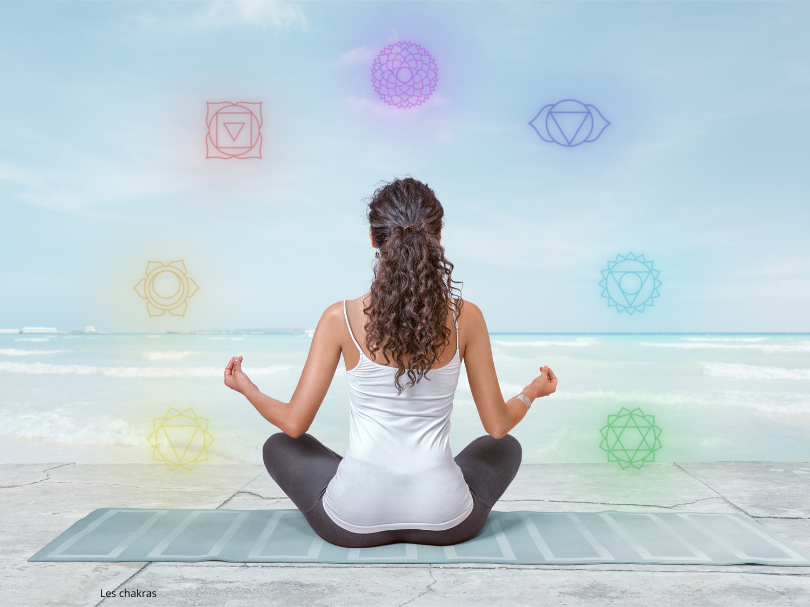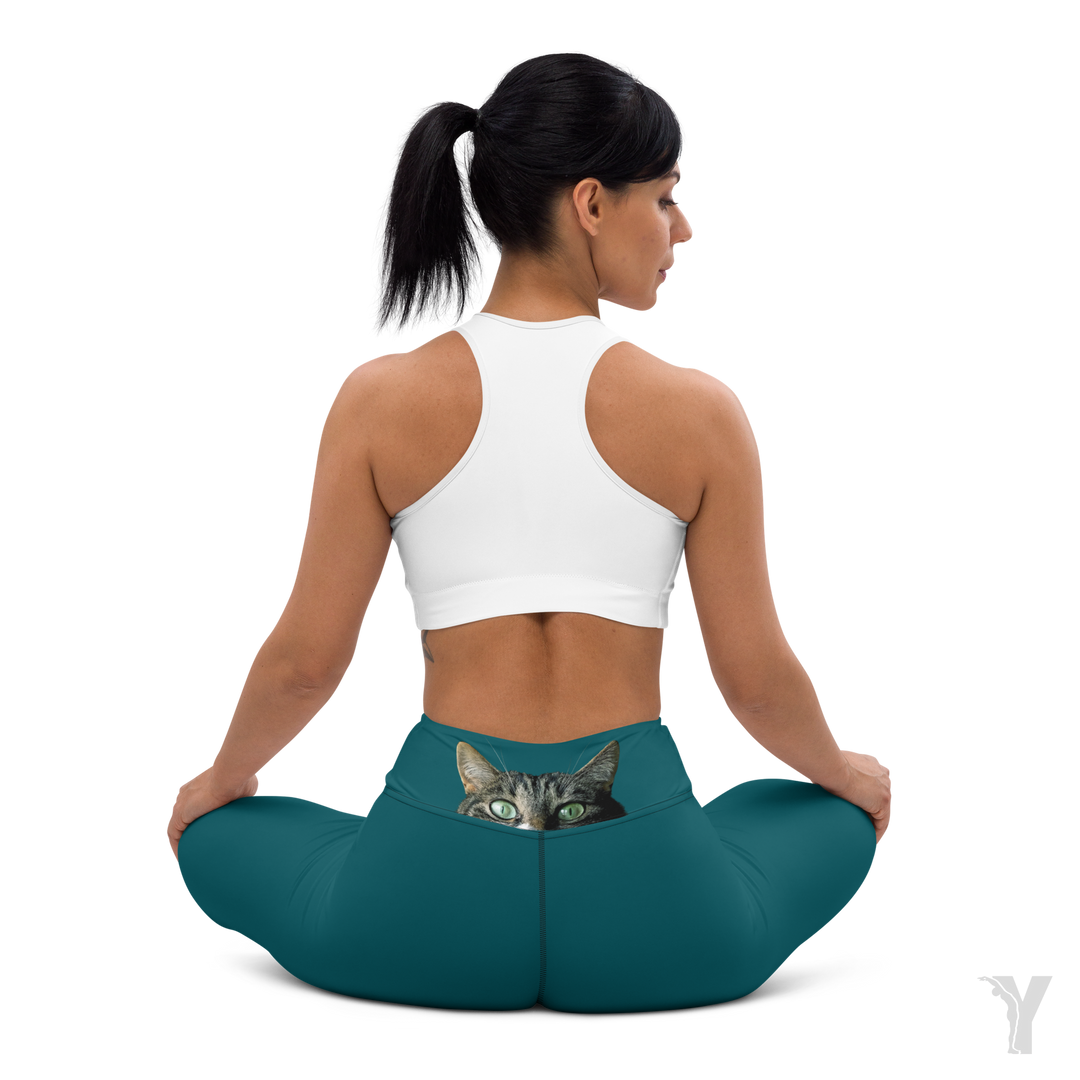Chakras: A Complete Guide to Understanding and Balancing Your Energy Centers

Chakras, those mysterious energy centers, are at the heart of wellness practices like yoga and meditation. But what are they really, and why is balancing them so important for our physical, mental, and spiritual health?
In this article, we will delve into the fascinating world of chakras to help you better understand how they influence your life, and above all, how to harmonize them to find overall balance.
At the end of this article, you will find links to access more information for each chakra.
The Origin and Concept of Chakras
The concept of chakras has its origins in ancient Hindu and Vedic traditions, dating back thousands of years. The word chakra comes from Sanskrit and means "wheel" or "disc," evoking the idea of wheels of energy in constant motion throughout the body. These energy centers regulate the flow of prana , the life force that animates us.
These chakras are considered bridges between the physical and spiritual bodies. Each chakra is associated with organs, emotions, and aspects of our personal and spiritual development.
The 7 main chakras and their role
There are seven main chakras aligned along the spine, each with its own function and influence in our daily lives:
- Muladhara (Root Chakra) : Located at the base of the spine, it is linked to survival, safety, and our connection to the Earth. A balanced root chakra allows you to feel grounded and stable.
- Svadhisthana (Sacral Chakra) : Located just below the navel, it governs creativity, desires, and relationships. It also influences our ability to feel pleasure.
- Manipura (Solar Plexus Chakra) : Located in the diaphragm area, this is the center of willpower, self-esteem, and confidence. A good balance of this chakra helps you feel powerful and in control of your life.
- Anahata (Heart Chakra) : The center of love, compassion, and relationships, it is located in the heart region. A balanced heart chakra promotes openness to others and unconditional love.
- Vishuddha (Throat Chakra) : Associated with communication and self-expression, this chakra influences our ability to speak the truth and express ourselves clearly.
- Ajna (Third Eye Chakra) : Located between the eyebrows, it is linked to intuition, perception, and inner wisdom. It governs mental vision and deep understanding.
- Sahasrara (Crown Chakra) : At the top of the head, it represents our spiritual connection with the universe. It is through this chakra that we access spiritual awakening and universal consciousness.
Why Chakra Balancing is Essential
A chakra can be blocked, underactive, or overactive, leading to emotional and physical imbalances. For example, a blocked root chakra can make you feel anxious or insecure, while an imbalanced heart chakra can affect your relationships and your ability to receive or give love.
When your chakras are aligned and balanced, you feel in harmony, both with yourself and with the world around you. Physically, your body functions better, mentally, you have more clarity, and spiritually, you feel more connected. A healthy chakra balance contributes to better stress management, more energy, and a sense of inner peace.
How to harmonize your chakras?
Fortunately, there are several methods to harmonize your chakras:
- Yoga : Each yoga posture (asana) is linked to one or more chakras. For example, the mountain pose (Tadasana) helps strengthen the root chakra, while the cobra pose (Bhujangasana) activates the heart chakra.
- Meditation : Focusing on each chakra during meditation, visualizing associated colors or symbols, can promote harmonization.
- Mantras and Sounds : Each chakra resonates with a specific sound. For example, the sound “LAM” is associated with the root chakra, while “OM” is linked to the crown chakra. Chanting or listening to these sounds can unblock energy.
- Crystals : Specific stones, such as rose quartz for the heart chakra or amethyst for the crown chakra, can be used to amplify or balance the energy of the chakras.
- Essential Oils : Using oils like patchouli (for the root chakra) or frankincense (for the crown chakra) can help align the chakras through aromatherapy.
Chakras and Yoga
Yoga is one of the most effective tools for working on the chakras. Some specific postures are particularly beneficial:
- Postures for the Root Chakra : Mountain Pose (Tadasana) and Tree Pose (Vrksasana) help strengthen your connection to the Earth.
- Postures for the sacral chakra : The butterfly pose (Baddha Konasana) and the bridge pose (Setu Bandhasana) promote the opening of the sacral chakra.
- Postures for the Solar Plexus Chakra : Boat Pose (Navasana) activates the solar plexus chakra, boosting self-confidence.
- Pranayama (breathing techniques) : Pranayama, or conscious breathing, plays a vital role in balancing the chakras. Kapalabhati breathing, for example, helps cleanse and energize the lower chakras.
Chakras are more than just spiritual concepts: they are energy centers that influence every aspect of your life, from the physical to the mental to the spiritual. By taking care of the harmony of your chakras, you can cultivate a deep sense of well-being and a more fulfilling life.
Ready to go further?


















